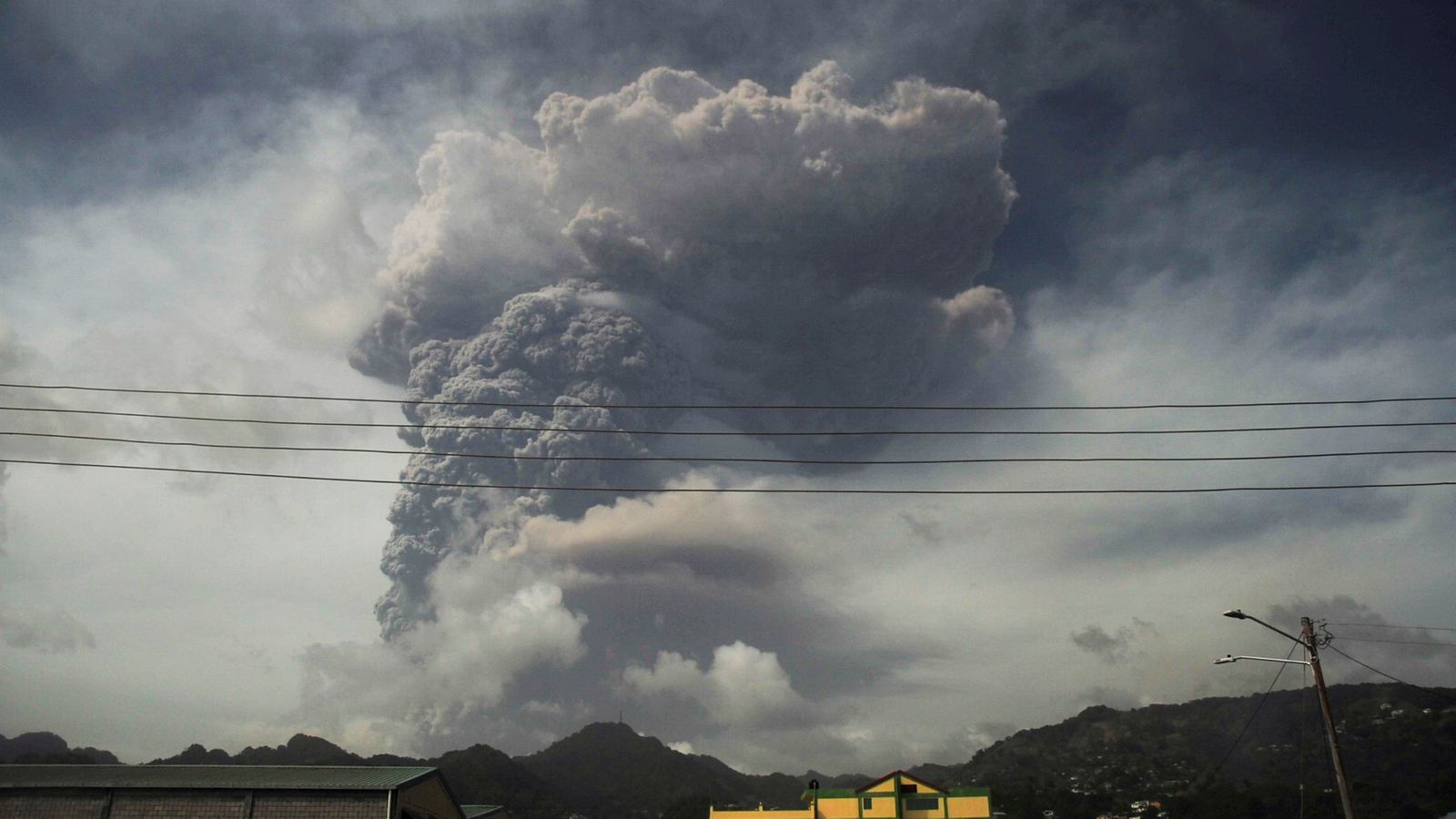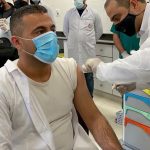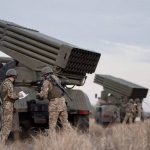Clean water supplies are running short on the Caribbean island of St Vincent after ash from a volcanic eruption contaminated reservoirs.
The blast from La Soufriere volcano rocked the eastern Caribbean island last week, sending an ash cloud six miles into the air.
Up to 20,000 people had to be evacuated from the island’s northern region in the shadow of La Soufriere, with 3,000 more forced to move to 80 government shelters.
Although no casualties were reported since the first huge blast on Friday, falling ash and pyroclastic flows (fast-moving lava, ash and hot gases) have destroyed crops and contaminated water reservoirs.
Prime Minister Ralph Gonsalves told local NBC Radio he thought the country would need “hundreds of millions of dollars” to recover from the eruption.
He said: “We have to get stuff rolling in to people.”
Mr Gonsalves said some people have refused to leave communities closest to the volcano and he urged them to evacuate.
Garth Saunders, water and sewer authority minister, said efforts were under way to move water trucks to the hardest-hit areas but he warned: “What we are providing is a finite amount. We will run out at some point.”
The prime minister said people in some shelters need food and water, and he thanked neighbouring nations for shipments of items including cots, respiratory masks and water bottles and tanks.
In addition, the World Bank has given $20m (£14.5m) to the government of St Vincent as part of an interest-free catastrophe financing programme.
Please use Chrome browser for a more accessible video player
Adam Billing, a retired police officer who lived and tended to his crops on land near the volcano, said he had more than three acres of plantains, tannias, yams and a variety of fruits, and estimates he lost more than $9,000 (£6,600) worth of crops.
“Everything that (means) livelihood is gone. Everything,” said Mr Billing.
The volcano had seen persistent low-level eruption since December and volcanologists say activity could continue for weeks.
Another blast was reported on Tuesday morning, sending a further large plume of ash into the air.
A previous eruption in 1902 killed 1,600 people.






















